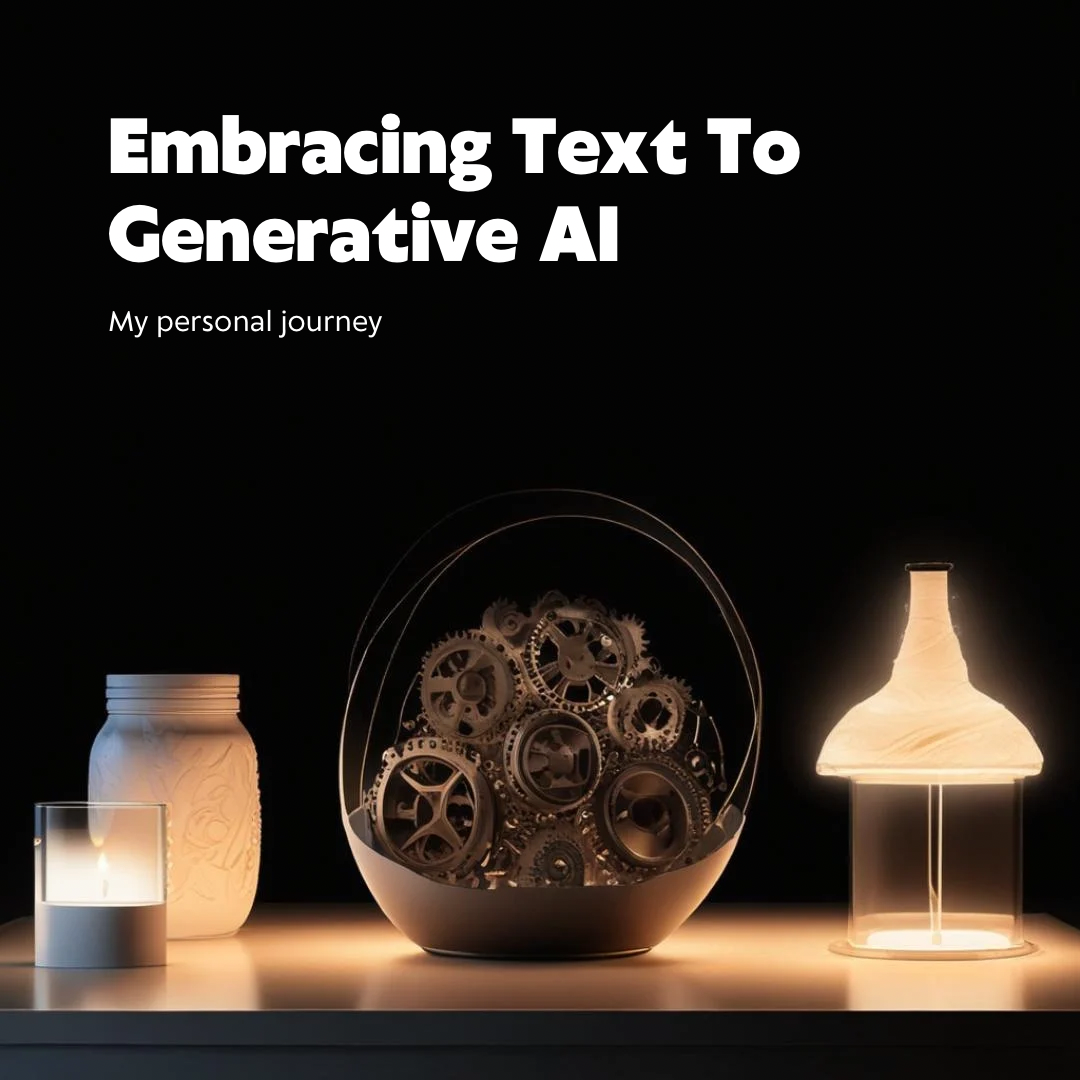
Why Women Should Embrace Text-to-Image Generative AI: A Personal Perspective
Share
In recent years, text-to-image generative AI has become a powerful tool in the design and art world, offering creators an unprecedented way to visualize their ideas. But as someone deeply involved in the design community, I’ve noticed that many of my peers remain hesitant—if not outright against—embracing this technology. Some of this seems to stem from fear of the unknown, while many of the objections to AI that I see on social media are based on misinformation. I want to share my personal experience with generative AI and explain why I believe women need to play a more active role in shaping its future.
My Early Experiences with Generative AI
When I first began experimenting with text-to-image AI, it felt like stepping into a boys’ club. I have worked largely in male dominated industries throughout my career so this was not unfamiliar to me. However, in addition to gender, I believe the average initial user age was significantly younger than me. Many of the images being generated were hyper-sexualized cartoon depictions of women—hardly the kind of content I wanted to create. It quickly became clear to me that many prompts and datasets were built with certain biases in mind, reflecting the male-dominated early adopter base. We have already seen the direct problematic effects of this approach in technology used to screen job applicants. I decided to test my theory here by generating simple female images.
For example, when I tried to generate an image of a middle-aged American woman, the default results were anything but inspiring. The women were often portrayed as unattractive, older than expected, and rarely smiling. To get a more realistic, positive representation, I had to overcompensate in my prompts, explicitly describing the woman as happy and including details like “confident smile” or “professional appearance.”
The same applied to clothing. Generating images of women in business attire often resulted in outfits with unnecessary cleavage or hyper-feminine touches like pink ties or frilly details. Again, it took extensive fine-tuning and experimenting to achieve the balance I wanted.
The Progress We’ve Made
Thankfully, the technology has evolved. Developers are addressing these biases, and user input—especially from women—has been instrumental in creating more inclusive, accurate representations. However, this progress didn’t happen in a vacuum; it required active participation from people who recognized the gaps and spoke up.
This is why I feel so strongly about encouraging women to engage with generative AI. If we stay on the sidelines, the biases and oversights we see now may persist—or even worsen—because the technology will be shaped without our influence.
Why Women Need to Participate
Generative AI isn’t going anywhere. Whether we love it or fear it, the technology is here to stay, and it’s already influencing industries from advertising to fashion to education. By stepping into the conversation, we have the power to:
• Shape the tools: AI reflects the biases of its creators. If women aren’t actively using and developing these tools, they’ll continue to prioritize perspectives that don’t include us.
• Redefine representation: The images we create today contribute to the datasets and outputs of tomorrow. By participating, we can ensure that future iterations of generative AI produce content that is more accurate, diverse, and empowering.
• Expand creative possibilities: Generative AI is a tool, not a replacement for human creativity. By embracing it, we can explore new techniques and ideas that complement our existing skills.
Addressing Concerns About AI
I understand the concerns many people have about AI in the creative space. There’s fear that it will replace artists, devalue their work, or perpetuate unethical practices like stealing styles. These are valid issues, but they aren’t solved by avoiding the technology. Instead, they require us to engage thoughtfully, advocate for ethical standards, and educate ourselves on how to use AI responsibly.
Final Thoughts
My journey with text-to-image AI hasn’t always been smooth, but it’s been worth it. I’ve learned to navigate the biases, fine-tune my prompts, and use the tool to enhance my creative projects. Along the way, I’ve also come to realize how important it is for women—and anyone who feels underrepresented—to be part of this space.
Generative AI is what we make of it. If we want it to reflect the world we want to see, we need to show up, speak up, and create. The alternative is leaving the future in the hands of others, and I, for one, am not willing to do that.
Let’s be part of shaping this technology together.